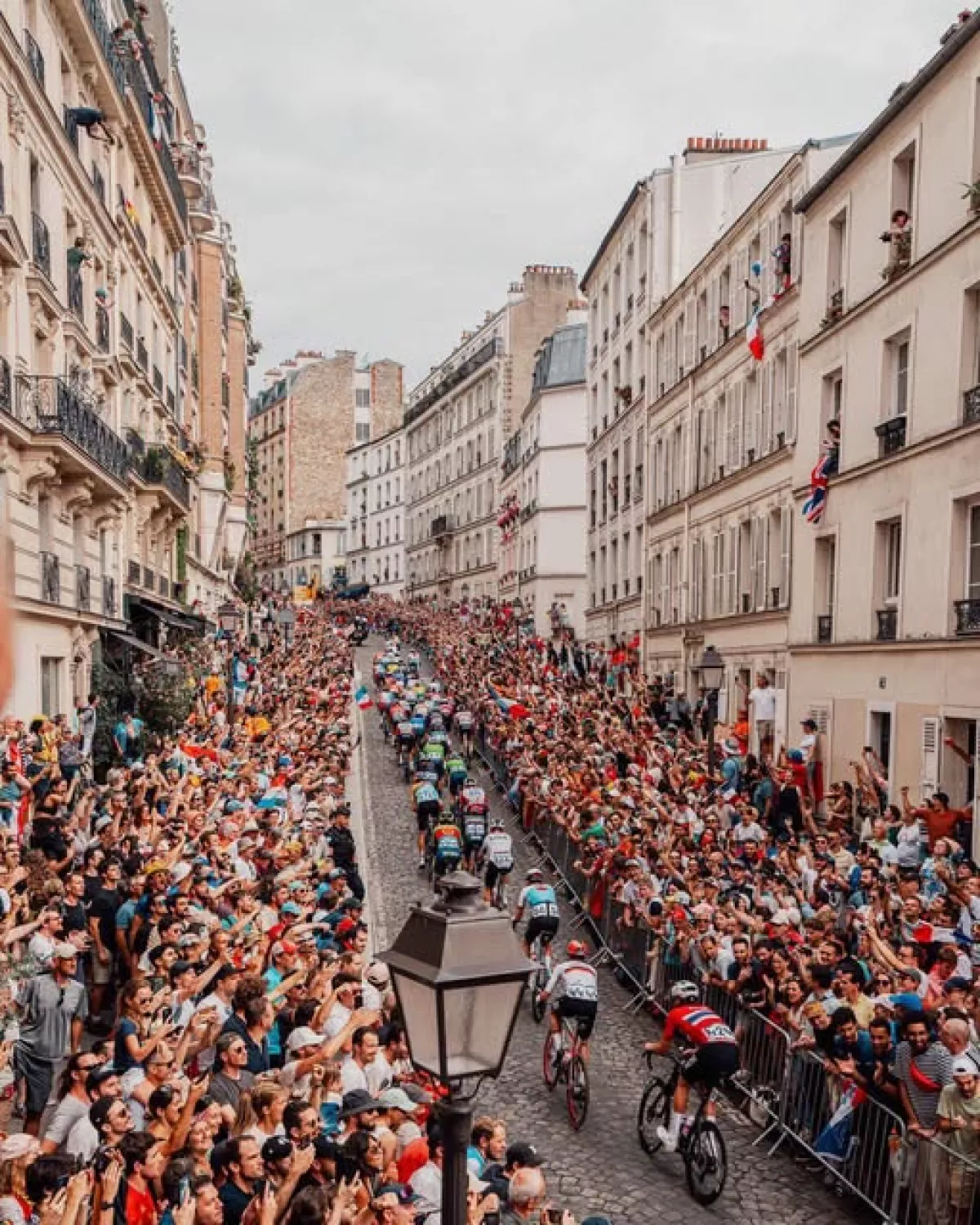Tour de France finale: Cyclists split over organiser's break from tradition PHOTO
The Tour de France, one of the most gruelling and prestigious cycling races in the world, is a 21-stage epic spanning 23 days. Each stage presents its own challenges, and the final leg has traditionally been a ceremonial ride into Paris, ending in a dramatic sprint on the Champs-Élysées straight lane. But this year, a bold deviation from that 50-year-old tradition has stirred controversy among riders and fans alike.
This summer’s race, which began on July 5, will end with a twist: a climb up the steep, iconic Montmartre hill in the heart of Paris. The new route adjustment, proposed by race organizers in May, has ignited debate within the cycling world. Will this final ascent decide the Tour’s winner? Or will it compromise what is usually a festive, celebratory day for the peloton?
The decision was inspired by last year’s Olympic cycling events, which drew massive crowds to Montmartre — a neighbourhood famed for its artistic heritage and sweeping views of the city. Energised by the enthusiastic atmosphere, Tour organisers announced the final stage would now include a climb past the iconic Sacré-Cœur basilica, introducing a challenge that may disrupt the traditional final sprint on the Champs-Élysées.
Typically, the last stage of the Tour is more symbolic than competitive, with riders enjoying a processional ride until reaching the capital, where sprinters then battle for the stage win. Last year’s finale was moved to Nice due to Olympic scheduling conflicts, but the Champs-Élysées is back in play for this year’s conclusion of the 3,320-kilometre race.

However, according to an article by Velo, the inclusion of Montmartre threatens to upend expectations. Cycling is often perceived as an individual sport, but it’s deeply team-based. Teams structure themselves around a designated leader — a general classification contender — with support riders trained in specific disciplines like climbing or sprinting. Pure sprinters, who excel on flat terrain, may struggle on Montmartre’s steep, narrow roads, leaving them out of contention on a day usually reserved for them.
Some elite cyclists are voicing concerns. According to the article, two-time Tour winner Jonas Vingegaard noted that during the Olympics, the climb left only 15 riders in the front group. “In the Tour, there will be 150 guys fighting for position on a very narrow climb,” he said. “It could end up being more stress than they want to have.”
Remco Evenepoel, Olympic road race and time trial gold medallist, echoed those concerns. “There will be enough battle for positioning in the first week of the Tour,” he said. “With Montmartre added, that would mean we have to do the same on the last day. We will be tired enough by then.” Evenepoel also lamented the loss of a key opportunity for sprinters to win on the Champs-Élysées.
Despite the backlash, Tour organiser Amaury Sport Organisation (ASO) is moving forward, framing the change as a celebration of the 50th anniversary of the Tour’s first finish on the Champs. Race director Christian Prudhomme described the Montmartre climb as a way to bring back the “glorious uncertainty” of cycling, aiming to engage new fans in a digital age.
“I have a crazy dream,” Prudhomme said. “The only rider who has ever been able to win on the Champs-Élysées in yellow is Bernard Hinault, in 1979 and 1982. This course opens the door to that again.”
Whether Montmartre will become a permanent fixture in future Tours remains uncertain. Organisers described the logistical effort to close off parts of central Paris for this finale as “extraordinary.” Still, they hope the dramatic ascent toward the Sacré-Cœur may earn its place in Tour lore.
Prudhomme reminded critics that innovation has always been part of the race’s evolution. “When Henri Desgrange first included the Tourmalet and the Pyrénées in the route in 1910, not everyone was thrilled,” he said. “Now they are part of the legend of the Tour. We must continue to build on that legend.”
By Nazrin Sadigova








